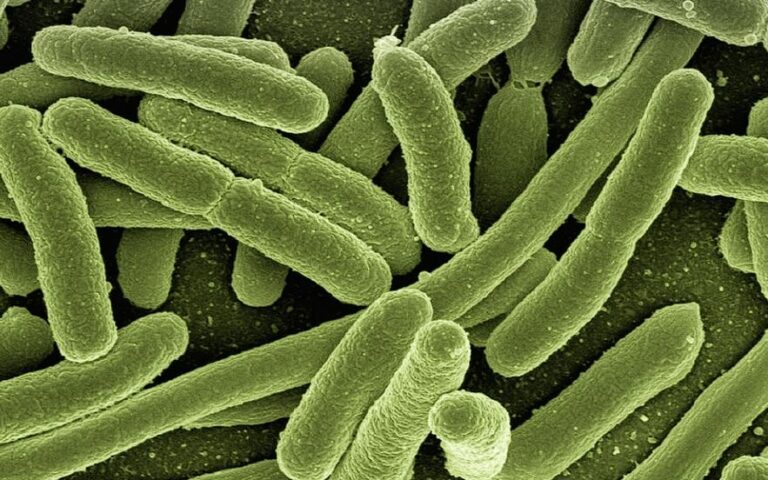Scientists studying a cousin of the bacteria responsible for tuberculosis and leprosy have discovered an enzyme that converts hydrogen into electricity, and they think it could be used to create a new, clean source of energy literally from thin air.
The enzyme, which has been named Huc, is used by the bacterium Mycobacterium smegmatis to draw energy from atmospheric hydrogen, enabling it to survive in extreme, nutrient-poor environments.
Now, by extracting and studying the enzyme, the researchers say they have found a new energy source that could be used to power a range of small portable electrical devices. They published their findings March 8 in the journal Nature(opens in new tab).
“We imagine that a Huc-containing power source could power a range of small portable devices using air, including biometric sensors, environmental monitors, digital clocks, and calculators or simple computers,” lead author Rhys Grinter(opens in new tab), a microbiologist at Monash University in Australia, told Live Science via email.
“When you provide Huc with more concentrated hydrogen, it produces more electrical current,” he said. “Which means you could use it in fuel cells to power more complex devices, like smartwatches, or smartphones, more portable complex computers, and possibly even a car.”
more at livescience.com
Ask me anything
Explore related questions





